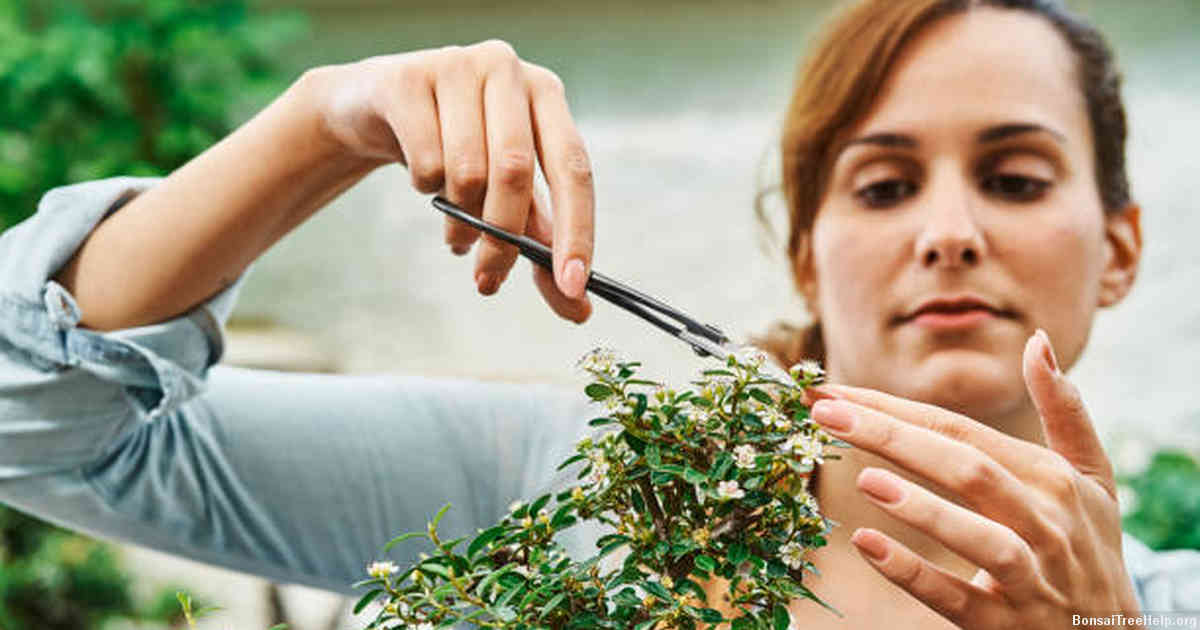
1. Soak the seeds in lukewarm water for 48 hours to speed up germination. 2. Fill a small pot with bonsai soil and plant the seeds about 1/4 inch deep. Keep the soil damp but not wet throughout the entire germination process which may take several months or more. 3. Place your pot in a shady spot where temperatures are around 70 degrees F and keep it there until seedlings emerge above the soil surface, which should be between one to three months after planting. 4. Once seedlings appear, gradually move your pot into full sunlight to encourage new growth and hardiness of branches so they can withstand typical pruning procedures required for Japanese red maple bonsais cultivation.
Contents:
- Understanding the Japanese Red Maple Bonsai
- Preparing for Growing a Bonsai from Seed
- Best Practices for Germinating Japanese Red Maple Seeds
- Providing Proper Care During Early Growth Stages
- Training Techniques for Shaping Your Bonsai into Desired Form
- Addressing Potential Challenges and Problems Along the Way
- Tips for Maintaining a Healthy and Flourishing Japanese Red Maple Bonsai
Understanding the Japanese Red Maple Bonsai
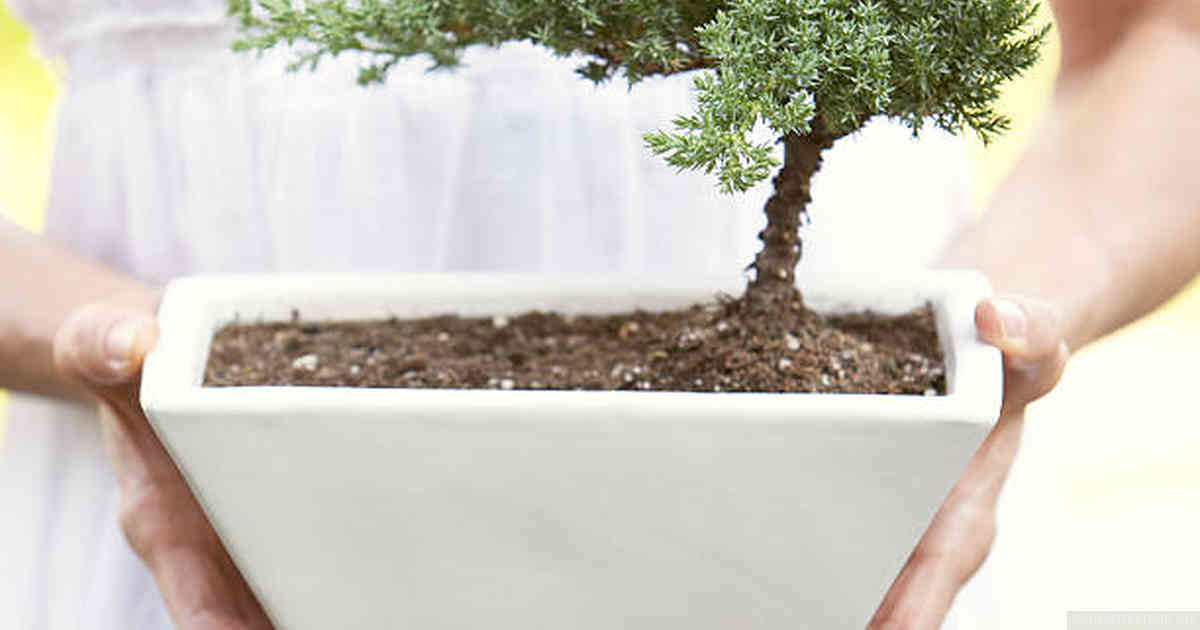
Although the Japanese red maple bonsai is a beautiful tree, it can be intimidating to try to grow from seed. Before embarking on this task, it’s important for growers to understand some of the key characteristics of the species.
The Japanese red maple bonsai is most often categorized as an evergreen or deciduous tree depending on its environment and where it is cultivated. To determine whether a particular strain is evergreen or deciduous, gardeners must consider several factors such as soil type, temperatures and sunlight. Certain varieties are capable of staying in their juvenile state for many years before becoming mature specimens with large leaves and thick trunks. These traits can make them difficult to distinguish from other similar trees when they are still young saplings.
This species also has unusual growing requirements which will vary depending on region and elevation. For example, some cultivars require daily misting while others require full sun or shade for extended periods during their life cycle. It is important to find out all these details before selecting specific seeds for planting in order to ensure successful growth over time.
Preparing for Growing a Bonsai from Seed
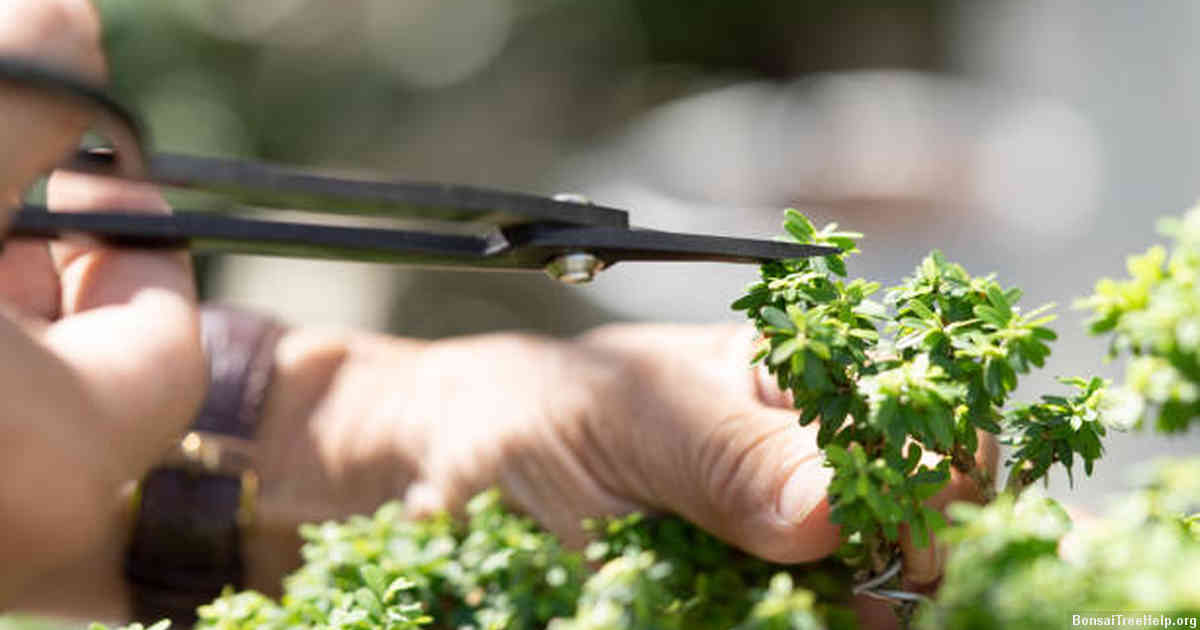
Starting a bonsai tree from seed requires more effort than simply buying an already mature one, but the rewards are worth it. There are a few steps you will need to take before sowing your Japanese red maple seeds.
First, you must identify if the soil in which you want to grow your bonsai is appropriate for it. Knowing the makeup of your soil can help determine any additives or changes that may be needed in order to provide the best environment for your seeds to germinate and grow healthy roots. PH levels should also be taken into account since this type of maple generally does best in slightly acidic soils with pH levels ranging from 5-7. A simple at-home test kit should give you all the data that is required on what ingredients may need adding or adjusting so that optimal conditions for growth are created.
When purchasing maple seeds for bonsai production, look for high quality freshness and source them from reputable sellers who guarantee their germination rate prior to planting out the season’s crop into their permanent locations. Due diligence when selecting viable materials ensures success with minimum difficulty later on down the road. Once collected and ready to sow they should be kept in airtight containers and refrigerated until they’re ready to go outside where temperatures allow outdoor sowing as per instructions outlined by each seed supplier or seller/gardener experience respectively; always double check information such as date of harvesting, region specific treatment protocols etc prior doing anything else.
Best Practices for Germinating Japanese Red Maple Seeds
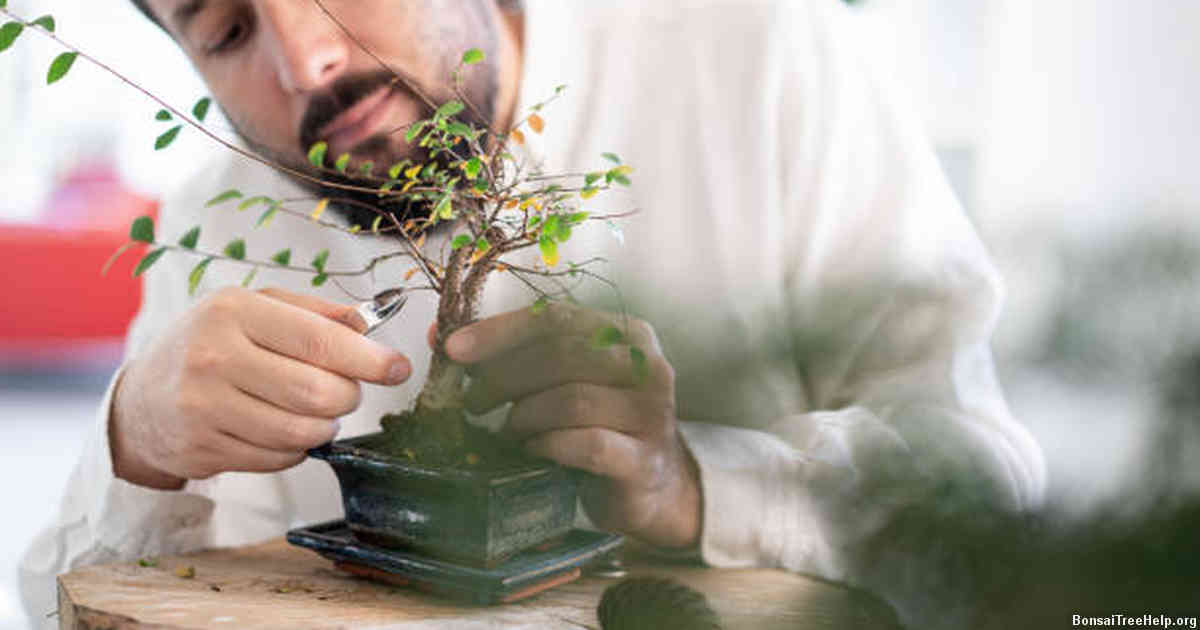
Starting a bonsai from seed is an incredibly rewarding project and the Japanese Red Maple, or Acer palmatum, is no exception. Successfully germinating the seeds of this tree requires first addressing several factors like moisture, temperature, and light levels in order to create a hospitable environment for them to grow.
Moisture control is one of the most important components to ensuring successful seedling growth. Make sure that the soil medium stays moist but not wet at all times. If you feel more comfortable with using bottom watering – placing the pot into a larger container filled with water – that method can be used as well. It’s important to note though that it might take longer for your seeds to sprout if you decide this route as too much saturation could hinder their development altogether. To give your seeds a head start, pre-soak them overnight before planting; this will help soften up their outer coat so they can break through it easier when pushing out from inside their shells.
Once planted into their soil home, temperatures should remain between 65-75°F for optimal development throughout germination and beyond (this range will also depend on other conditions like light). If needed use either heating mats or adjustable warming cables placed underneath containers to provide some extra warmth depending on where you’re located and seasonality outside since cold temperatures are not conducive with growing these particular species of bonsai trees. Providing adequate light during each stage of growth is key; while direct sunlight may be a bit intense during springtime in certain regions – plants may become spindly or get “burned” so ensure there’s ample diffused lighting coming into windowsills or wherever you choose to place these beauties once they’ve emerged from the soil. For supplemental light indoors you have many options such as compact fluorescent lights (CFLs), full spectrum LED lights etc. Both offering comparable enough performance for our purposes here without having to purchase expensive equipment or fixtures.
Providing Proper Care During Early Growth Stages

Growing a Japanese red maple bonsai from seed requires special care in the early stages of growth. First and foremost, this tree needs direct sunlight to thrive. Planting the seeds outdoors is ideal, as they will be exposed to natural light for at least 6 hours per day. When selecting an outdoor spot for planting, make sure it’s away from sources of wind that may cause damage to young shoots or stress the plant. After germination, fertilizing your new bonsai with a balanced fertilizer every couple of weeks can help encourage healthy growth.
One other factor that plays into proper care during early growth stages is water consumption. As these are newly germinated plants, you must be cautious not to overwater them – doing so can lead to root rot or mold buildup on the soil. The best method is to dip your fingers into the soil before giving it a regular watering; if they come out dry then you’re safe. Pay attention also to how often humidity levels drop: too low can cause leaves and branches drying up quickly; too high and fungal infections may become more likely.
Pruning should be done with caution in order to promote proper branching structure within your Japanese red maple bonsai tree throughout its life span – incorrect pruning now could mean issues later down the line. To ensure it grows correctly, remove any crossing branches and trim back any sprouts found on areas where you don’t want foliage developing later on down the road. Removing any dead wood regularly can help support a lush look for years ahead.
Training Techniques for Shaping Your Bonsai into Desired Form
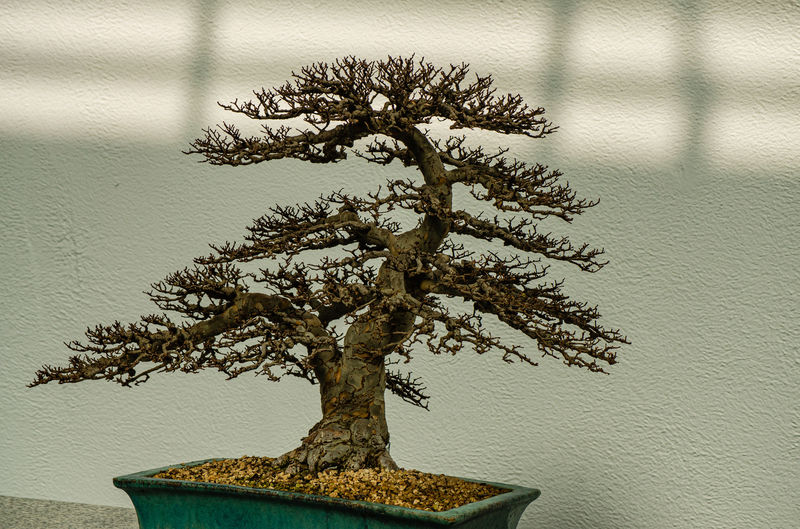
Training your bonsai is an essential step of the process. As a bonsai artist, you must understand that careful pruning and wiring techniques can allow you to shape your bonsai into desired form. Pruning involves removing selected branches in order to maintain the intended size and silhouette of the tree. This can be achieved through basic maintenance pruning or by using more complex techniques, such as partial defoliation or branch bundling.
The next step is wiring, which involves attaching copper wire to parts of the trunk or branches so they can be bent into position. Wiring will often cause some initial strain on the tree; however, this stress eventually translates into beautiful growth patterns that give the final product its classic character. To ensure successful wiring results, it’s important not to wrap too tightly and check on it regularly over time until it’s secure in its new position and ready for removal.
Topping off these two methods is periodic repotting with a nutrient-rich soil mix to help grow a strong root system that produces a healthy tree structure and improves overall aesthetics of your masterpiece – something every beginner should strive for. With proper technique and patience, you’ll have no problem creating intricate shapes from even simple seedlings.
Addressing Potential Challenges and Problems Along the Way

Growing a bonsai tree from seed can be quite the undertaking and there are numerous potential hurdles that one may face along the way. For instance, the seeds of a Japanese red maple bonsai require several months of careful preparation before they are ready to be placed in soil. This includes stratification – where the seeds must spend some time being exposed to low temperatures. Without proper attention and care at this stage, it is unlikely that any meaningful growth will occur down the line.
Germination can also prove tricky; as some trees have stubborn traits which make them difficult to sprout from seed. The Japanese red maple bonsai is especially finicky when it comes to germination – requiring specific humidity levels for its optimal health and growth – making proper environmental maintenance essential during these crucial stages. To further complicate matters, this process requires patience as well since germinating from seed can take up to three weeks or longer.
Once your Japanese red maple bonsai begins showing signs of life, further difficulties may arise due to variations in soil composition and texture. Picking out an appropriate potting mix for a young sapling requires forethought; it needs nutrients such as sulfur-coated urea, magnesium oxide, potassium nitrate, and so on – all of which should be taken into account if you want your bonsai tree to flourish.
Tips for Maintaining a Healthy and Flourishing Japanese Red Maple Bonsai

Growing a Japanese Red Maple Bonsai from seed is not an easy task, and many novice growers struggle to keep it healthy and flourishing. While the difficulty of this undertaking should never be underestimated, there are some tips that can help even new gardeners raise a beautiful Bonsai.
First of all, timing is crucial when growing bonsais. The best time for pruning a Japanese Red Maple Bonsai is in early summer after new growth has finished but before any cold weather arrives; this encourages strong branching and keeps the tree looking full. Repotting every two or three years helps keep the soil replenished with essential nutrients while ensuring that the roots have enough space to breathe and grow undisturbed. Make sure you give your bonsai adequate water – checking its moisture levels regularly will prevent over-watering or drying out the roots.
Light exposure plays an important role in keeping your maple bonsai healthy – too much sun will burn its leaves while shade makes them become yellow and weak. To get the perfect balance place it near an east facing window or outside on cloudy days. Also take care when fertilizing as over-fertilizing can damage young shoots; only feed mature trees once per month during spring and summer months with a specialized fertilizer for acid loving plants such as Japanese maples. Finally it’s worth mentioning that aphids love red maples so you’ll need to inspect your tree periodically for these pests which can be removed by spraying with insecticide or simply wiping off with soap solution diluted in water (1 part dishwashing liquid. 9 parts water).
Leave a Reply